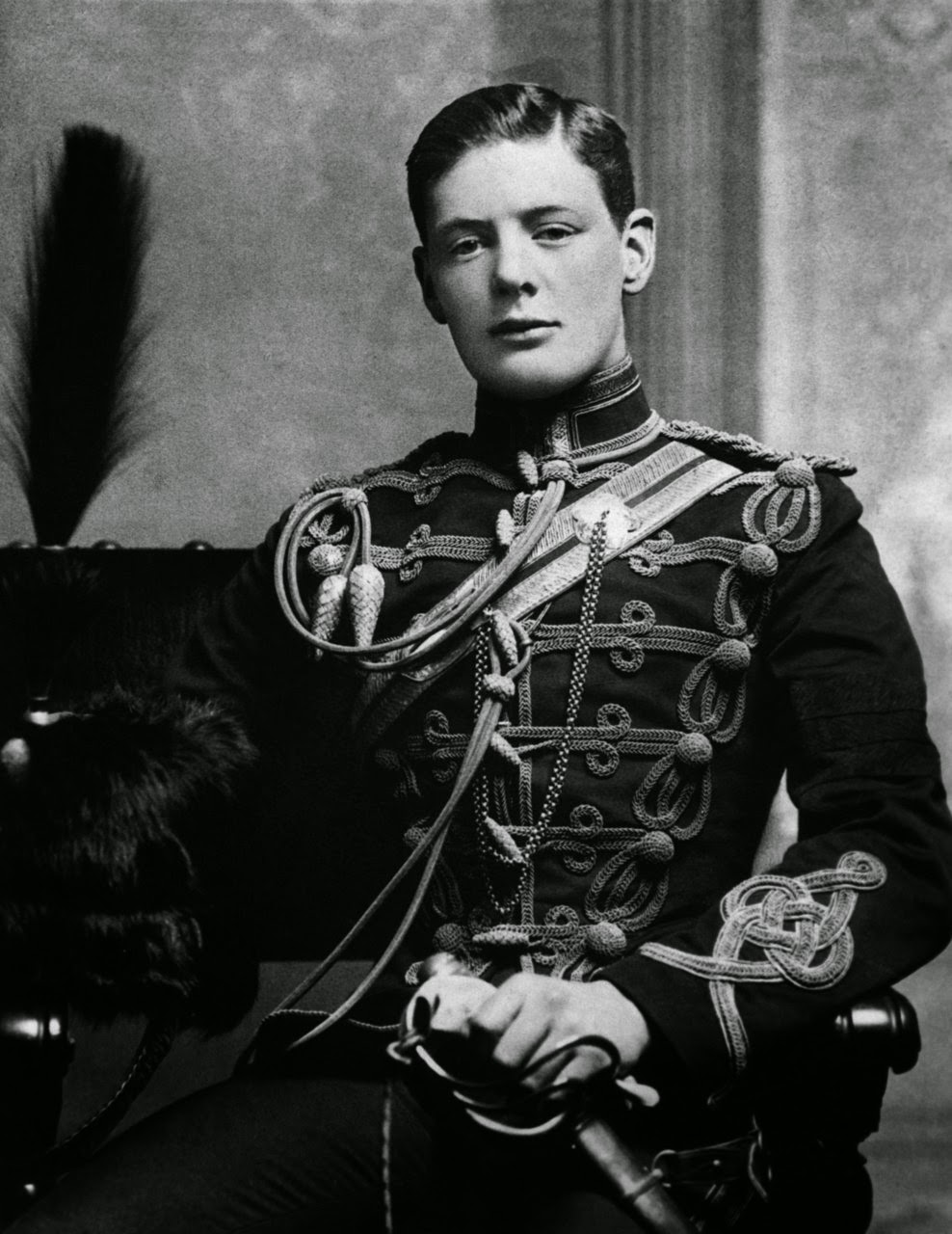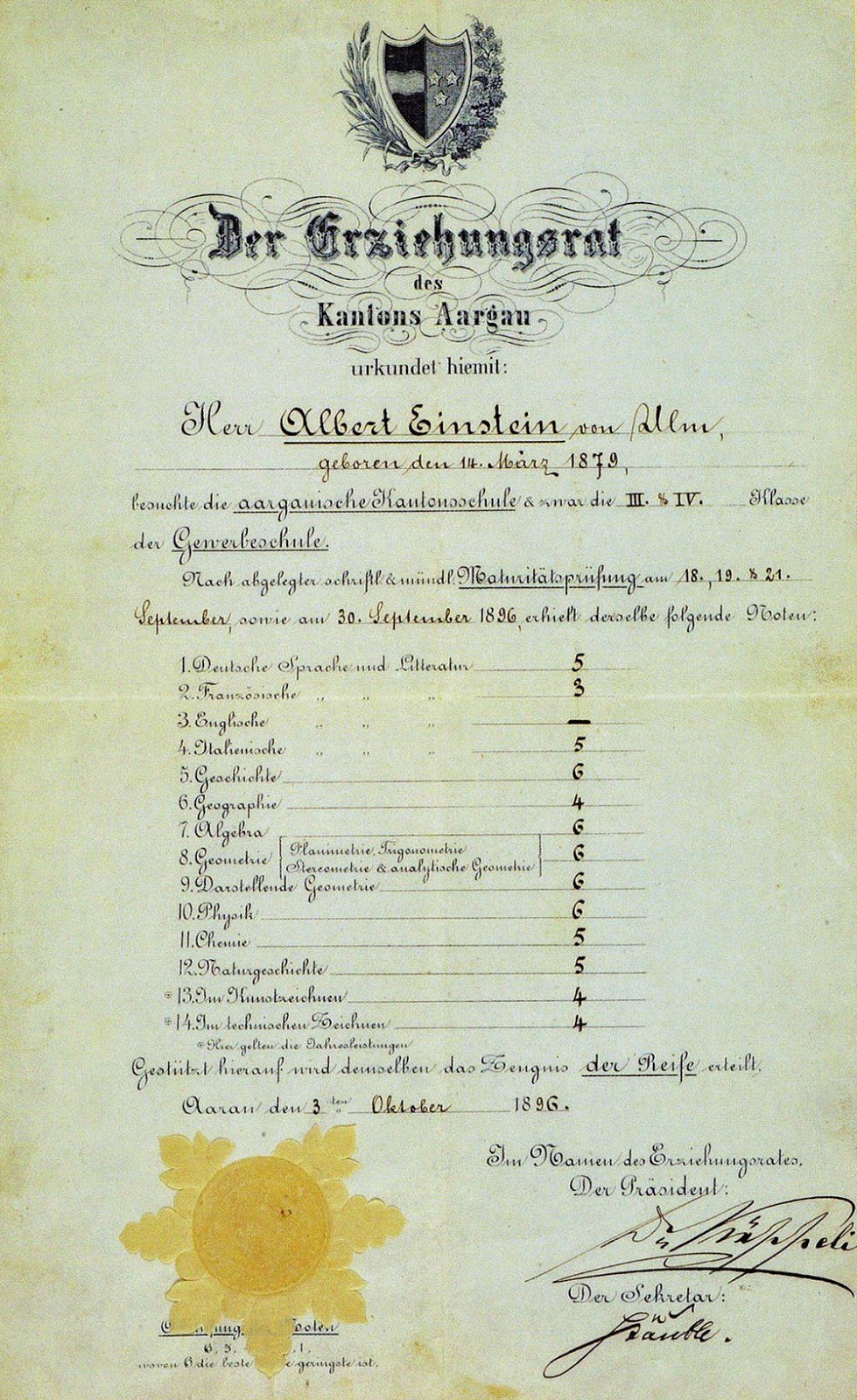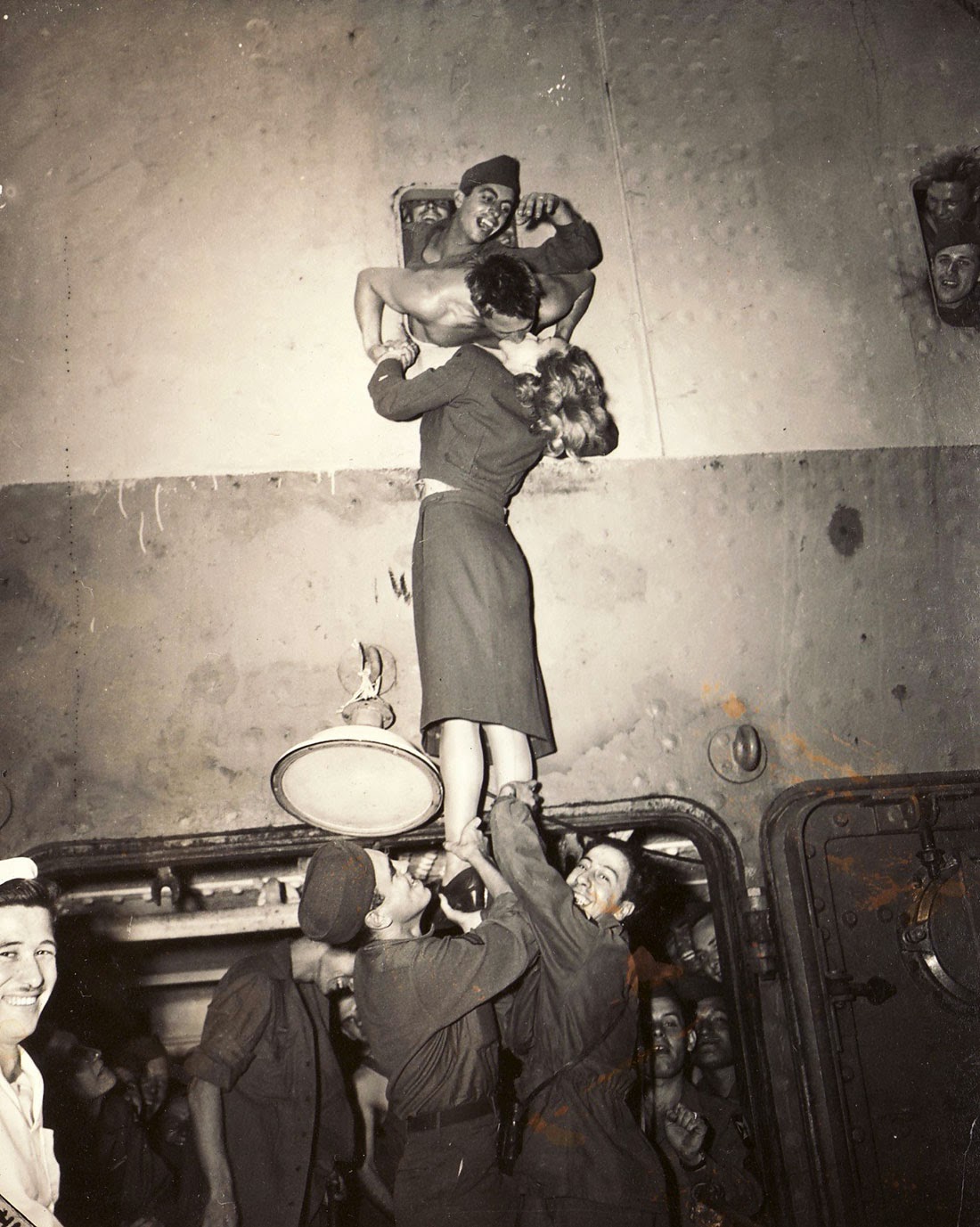Although thousands, even millions, of photographs were taken
during World War II, only a handful ever became popular. But sometimes
it’s the little-known photographs that reveal to us the cruelty and
uncertainty the war brought upon humanity.
10 The Nazi Muslim Soldiers

The image above is that of German Nazi-era Muslim soldiers in prayer.
They are from the German 13th Waffen-Gebirgs-Division der SS Handschar,
a full Muslim division of the German army. The unit, which mostly
consisted of Bosnian Muslims, was formed in March 1943 after Germany
conquered Croatia, which included Bosnia-Herzegovina. The Bosnian
Muslims were accepted into the Nazi ranks because of
Heinrich Himmler’s belief
that the people of Croatia were of Aryan descent, not Slavic. The Nazis
also believed that the new division would help them win the support of
most Muslims around the world. In time, the division also included
Croatian Roman Catholics, who formed 10 percent of its ranks.
The unit was Grand Mufti Hajj Amin al Husseni’s initiative. Hajj Amin
al Husseni had led a failed coup in Iraq and had been exiled to Italy
and then Berlin, Germany, where he encouraged Bosnian Muslims to join
the ranks of the German army. Husseni
encouraged the killings
of Jews in North Africa and Palestine. He also wanted the Luftwaffe to
bomb Tel Aviv. After the war, Husseni fled to France, where he was
arrested. He later escaped and fled to Egypt, where the Allies were
discouraged from re-arresting him because of his status in the Arab
world.
9 Shaving The Hair Of French Women

After France was liberated toward the end of World War II, French
citizens who had supported the invading German troops in any form were
tracked down and had their heads forcefully shaved as a badge of
dishonor. The photograph shown above is that of a woman whose head was
being shaved in Montelimer, France, on August 29, 1944. As many as
20,000 French citizens had their heads shaved in public, the majority of
which were women. The punishment was often carried out by locals or
members of the French Resistance and was done everywhere from the homes
of the victims to public squares in the presence of
a cheering crowd.
During the same period, Germany also decreed that women who had
sexual relations with non-Aryans or prisoners of war should have their
heads shaved. Shaving the hair of women seen as fugitives didn’t get its
start during World War II—it’s also recorded to have been done in
Europe during the Middle Ages, when it was used as punishment for
adulterous women.
8 Raising A Flag Over The Reichstag

Raising a flag over the Reichstag would have been the Russian equivalent of
Raising the Flag on Iwo Jima except that
it was staged,
a fact which its photographer, Yevgeny Khaldei, confirmed. The
photograph shows a young Russian soldier raising the Soviet flag over
Berlin after the defeat of the German army.
Yevgeny Khaldei was in Moscow when the Soviet army overran Berlin,
but he quickly left for Berlin on the orders of top Soviet officials,
possibly Joseph Stalin himself. His orders were to produce images that
depicted the Soviet victory in Germany. Yevgeny got to Berlin and
inspected several locations, including Tempelhof Airport and the
Brandenburg Gate, before settling for the Reichstag building. Yevgeny
took 36 different shots of the scene, which was to be used for Soviet
propaganda. Interestingly, a Soviet army unit had initially hoisted its
flag on the building not long after the town was captured, but that
scenario
had gone unrecorded.
7 The Weeping Woman Of Sudetenland

This photo of a weeping Sudeten woman is one of the most
controversial photographs of World War II. It was also a propaganda tool
used by both the Allies and the Nazis. The photograph was taken in
Sudetenland, Czechoslovakia, in October 1938 after the city was captured
and annexed by Germany just before World War II officially began. The
photograph shows a weeping Sudeten woman raising one of her arms to
salute the invading German troops while the other hand holds a
handkerchief over one of her
tear-filled eyes.
The photograph appeared in different newspapers in different countries with
different captions. It was first published by a German newspaper,
Volkischer Beobachter,
which said that the Sudeten woman was so overjoyed by the advancing
German soldiers that she could not hide her feelings. In the United
States, one newspaper said that the women could not hide her misery as
she “dutifully” saluted Hitler.
6 The Weeping Frenchman

In the summer of 1940, German soldiers rolled into Paris, marking the
defeat of France and the beginning of “Les Annee Noires” also known as “
The Dark Years.”
By the time the German soldiers began moving in, the French government
had already abandoned the city and fled to Bordeaux in southern France,
which was their last stronghold. The exact date the picture was taken is
disputed. While it originally appeared in 1941, it is believed to have
been taken in 1940. The man in the picture is believed to be Monsieur
Jerome Barrett, who was crying as the flags of France made their way
through Marseilles on their way to Africa.
The defeat of France during World War II was shocking as well as
disappointing. Prior to the war, it was believed that France had
the best army
in the whole of Europe. After France fell to Germany, Adolf Hitler
insisted that the documents to acknowledge the surrender of France must
be signed in the Compiegne Forest, inside the same railroad car Germany
had signed the documents of its own surrender in at the end of World War
I. The railroad car was already in a museum, but it
was removed and taken to the forest so the documents could be signed.
5 The Gadget

The atomic bombs that went off over Hiroshima and Nagasaki are
sometimes said to be the first nuclear weapons. Actually, the two bombs
weren’t the first—they were just the first nuclear weapons deployed to
kill and destroy. The
first atomic bomb
ever made was the Gadget (photograph above). It was completed and
tested weeks before two other atomic bombs went off over Hiroshima and
Nagasaki. The test, called Trinity, was carried out at the Alamogordo
Bombing and Gunnery Range, known today as White Sands Missile Range, in
New Mexico.
The bomb was placed on a forest service watchtower 30 meters (100 ft)
tall. Three bunkers were constructed 9,000 meters (29,000 ft) away from
the tower so that the impending explosion could be observed. In the
early hours of July 16, 1945, the Gadget went off. The resulting
explosion sent shock waves through the desert, vaporizing the tower and
producing a gigantic mushroom cloud 12,000 meters (40,000 ft) high. It
produced a flash brighter than 10 Suns. The flash was so bright that it
was seen in all of New Mexico and parts of Arizona, Texas, and Mexico.
The heat produced was so severe that observers 16 kilometers (10 mi)
away compared it to standing in front of
a “roaring” fireplace.
4 The Warsaw Ghetto Boy

We’ve already talked about the Warsaw Ghetto Uprising, when Jews in
Warsaw, Poland, launched a 10-day revolt against German soldiers. The
Jews knew quite well that they would be defeated, but they didn’t want
to give up
without a fight.
“The Warsaw ghetto boy” is the name given to a young Jewish boy, not
more than 10 years old, who was arrested by German soldiers in the
ghetto after the uprising had been crushed. The unidentified boy’s hands
were raised in the air while a German soldier pointed a machine gun at
him. Although the photograph is one of the most circulated images of the
Holocaust, no one knows who the boy is or what happened to him.
Some sources say he was gassed to death at
Treblinka camp,
while others say he survived. In 1999, a man named Avrahim Zeilinwarger
contacted an Israeli museum saying that the boy was his son, Levi
Zeilinwarger, who was gassed to death in a concentration camp in 1943.
In 1978, an unnamed man contacted the
Jewish Chronicle saying
that the boy was his son. In 1977, a woman named Jadwiga Piesecka
claimed that the boy was Artur Dab Siemiatek, who was born in 1935. In
1982, a New York ear, nose, and throat specialist claimed that he could
be the boy, although he himself doubted it. While he was arrested in
Warsaw, he had
never been to the ghetto. Besides, he was arrested on July 13, 1943, months after the picture is said to have been taken.
3 The Prisoner Of War Olympics

Because of the ongoing war, the Olympic Games of 1940 and 1944,
slated for Tokyo and London, could not be held. However, several POW
camps in Poland went ahead with their own Olympics, both in 1940 and
1944. While many of the events were held in secret, the 1944 Woldenberg
Olympics, held at the camp in Woldenberg, and another held at the camp
in Gross Born (both in Poland), were held on a much larger scale.
About 369 out of the 7,000 prisoners at the Woldenberg camp
participated in several games, including handball, basketball, and
boxing. Fencing, archery, pole vaulting, and javelin were not allowed.
The flags for the games were made with excess bedsheets which even the
German guards saluted. Winners of sporting events were given medals
made out of cardboard. The 1944 Olympics was held because the Polish soldiers wanted to remain fit and, at the same time, honor
Janusz Kusocinski, a Polish athlete who won the 10,000-meter race in the 1932 Olympics.
2 The Sinking Of HMAS Armidale

The HMAS
Armidale was a corvette (although it was originally
built to be a minesweeper) in service of the Australian navy during
World War II. It was commissioned on June 11, 1942, only to be sunk in
November that same year. While on a mission to evacuate soldiers and
civilians from Betano Bay, Timor, the HMAS
Armidale was spotted by Japanese airplanes, which proceeded to attack it along with its sister ship, HMAS
Castlemaine.
Armidale
was soon destroyed by the attacking Japanese airplanes, forcing its
crewmen to abandon ship. Twenty-one crewmen, including the captain,
climbed onto a small, damaged motorboat, where they awaited rescue. When
the rescue never came, they began rowing toward Australian waters.
Two days later, another 29 survivors began a similar journey on a
badly damaged whaler that wouldn’t stop taking water. The survivors
clung to a floating raft (shown in the photograph above) while awaiting
rescue.
After several days out at sea, the men on the motorboat were
rescued along with those on the whaler. But the men hanging on the raft
were
never found.
The photograph shown above was taken by the pilot of a Hudson
reconnaissance airplane, who even dropped a message for them saying that
their rescuers were on the way.
1 Yakov Dzhugashvili

The man with his hands in his pocket in the photograph above is Yakov
Dzhugashvili, the first son of Josef Stalin. The picture was taken
after Yakov was captured by German troops during World War II. Yakov and
Stalin were not on good terms long before the war began. Stalin often
insulted him and even disowned him. He also barred Yakov from changing
his surname to Stalin after he changed his.
When the Germans realized that Yakov was Stalin’s son, they took his
photograph for propaganda purposes. On the back of the propaganda
photographs was a short note urging Soviet soldiers to surrender just
like Stalin’s son. When the Germans asked to swap Yakov with a captured
German field marshal, Stalin told them off, saying that he did not swap
lieutenants with field marshals. Even with his hatred and public lashing
of his son, Stalin actually
attempted to rescue him twice.
Yakov died at the Sachsenhausen concentration camp in April 1943 under
mysterious circumstances.
While declassified archives reveal that he was shot for failing to
follow orders, others say he committed suicide by walking into an
electrified fence. Another report said that he was killed in action in
1945.





.jpg)




























